Are you an HR manager trying to juggle too many roles to make sure your team not only survives but thrives in this constantly changing landscape? Or maybe you’re on the hunt for foolproof ways to boost workplace productivity and reinforce your company’s reputation. Look no further, the answer might lie within a strong employee learning program.
Companies with robust learning cultures have 30-50% higher employee engagement. Training programs help employees acquire new skills and take ownership of their career journey. By doing so, they become more engaged, enthusiastic, and aligned with your company’s mission. It’s a win-win situation for both the employees and the company.
In this article, we’ll uncover different types of employee training programs. We’ll delve into how these programs tackle your challenges head-on, transforming your workforce into a dynamic and engaged community.
Towards the end of the article, you’ll recognize the power of employee learning programs and have the insights you need to reshape your HR strategy and improve productivity, reputation, and revenue.
Let’s get started.
What Is An Employee Learning Program?
An employee learning program is a well-thought-out way to give your team the tools they need to ace their jobs. It’s about coaching and mentoring your employees with the right skills, resources, and training content to boost their efficiency.
But why should you, as an HR manager, make it a part of your strategy?
First off, it acts like a talent magnet. When candidates sense growth opportunities, they’re not just interested; they’re committed. And guess what? It’s a total win-win. Your team gets to level up their career game, while you enjoy a crew that’s geared up to conquer fresh challenges.
Moreover, strong employee learning gives you a competitive edge. It not only boosts your performance but also enhances your name in the market. Let’s consider a real-life example to understand the concept better:
While some fast-food joints struggle with staffing, Chipotle is taking a different route. Back in 2018, they decided to put a big chunk of their tax savings into developing their employees. Guess what? They didn’t stop there. When the pandemic hit, they ramped it up by offering over 5,500 online courses for remote employees covering everything from business to wellness.
But it’s not just about training courses. They’re all about equality too. They launched an employee resource group called the United Network of Influencers Furthering Inclusion and Ethnic Diversity(UNIFIED). This crew focuses on helping everyone grow and advance equally, so no one’s left behind.
They’re not stopping there. Chipotle set up mentoring for minority employees, regular diversity training, and cool virtual events with top-notch speakers.
10 Ways Employee Learning Programs Elevate Organizational Success
In the heart of any thriving organization, you’ll find a commitment to the growth and development of its people. The Human Resources (HR) department acts as the lifeline that connects an organization’s strategy with its employees. An effective employee learning program makes sure your employees grow professionally. Let’s explore its transformative benefits.
1. Enhanced Employee Performance
A robust employee training program is all about insights, strategy, and innovation. If you have in-house employee training programs, your employees and team members can sharpen their analytical skills. This will help in spotting inefficiencies, foreseeing potential roadblocks, and proactively offering solutions.
Moreover, it boosts morale. An empowered employee will take more initiative, think creatively, and invest more energy into their tasks.
2. Increased Employee Engagement & Satisfaction
Engagement goes beyond mere job satisfaction—it’s about passion and commitment. Engaged employees don’t just work for a paycheck; they work for a purpose. Workplaces with engaged employees surpass those without by up to 202%.
When you offer employees avenues to learn and grow, companies are essentially saying, “Your growth is our growth.” This shared purpose fortifies their connection to the job and the organization. Here are a few ways to increase employee engagement:
- Personalize individual employees’ learning styles.
- Create a learning culture that fosters curiosity and collaboration.
- Integrate social learning and peer feedback into the learning process.
- Leverage gamification and microlearning techniques to increase motivation and retention.
- Use virtual reality(VR) and augmented reality(AR) for lifelike and interactive learning scenarios.
3. Lower Turnover Rates
It’s not just the tangible costs of hiring and training a new employee that hit a company hard. An experienced employee leaving often means the loss of institutional knowledge, client relationships, and team dynamics. This void can be especially challenging if the wrong talent is hired as a replacement.
Offering continuous learning can anchor your current employees, making them feel valued and content in their current roles. It becomes a crucial retention strategy, saving the company from the costly cycle of hiring, training, and potentially rehiring because of mismatched talents.
4. Succession Planning & Leadership Development
A company’s vision shouldn’t be limited to the next quarter—it should extend years into the future. Developing leadership internally makes sure that this vision is preserved and executed seamlessly. Moreover, employees developed in-house usually have a deeper understanding of company culture, dynamics, and values.
5. Adapting To Changing Industry Trends
It’s not just about keeping up—it’s about leading the charge. Companies that are early adopters of industry changes position themselves as tough leaders. A continuously educated workforce can spot trends, understand their implications, and adapt faster than competitors, creating a strategic advantage.
6. Cultivating A Culture Of Innovation
A learning program that promotes critical thinking, experimentation, and cross-collaboration can become the birthplace of the next big industry disruption. Training exposes employees to diverse concepts. They start thinking outside their usual box, seeing opportunities others might miss.
Appropriate training empowers employees to contribute ideas that ultimately foster innovation. Here’s how it’s benefiting your employees:
- Risk-Taking Confidence: Learning isn’t just about getting it right; it’s about trying, failing, and trying again.
- Cross-Pollination: When diverse teams learn together, they bring varied perspectives to the table. This mix is a breeding ground for groundbreaking ideas.
- Encouraging Curiosity: Learning sparks curiosity. Curious minds are more likely to explore new horizons and dream up revolutionary ideas.
- Challenge to Conformity: When employees learn that there’s often more than one way to tackle a problem, it challenges the status quo and invites fresh thinking.
- Innovation Mentality: When learning becomes a norm, so does the thirst for innovative solutions.
7. Improved Talent Attraction & Recruitment
The best talents are not looking for jobs; they’re looking for opportunities to make a difference. HR can appeal to this intrinsic motivation by emphasizing the learning and career growth opportunities in the company. The ripple effect? A workforce that’s not just skilled, but passionate and purpose-driven.
8. Closing The Skills Gap
While the digital age offers immense opportunities, it also presents challenges in the form of evolving skill demands. When you continuously analyze industry demands and adjust training programs accordingly, companies can stay ahead and have in-house expertise for what the future holds.
For instance, if you’re an online business selling digital products, you can stay ahead of the curve by minimizing skill gaps and making sure in-house expertise for the future. Here’s how you can do those:
- Regular Skills Assessment
- Tailored Training Programs
- Cross-Functional Exposure
- Certifications and Workshops
- Collaboration with Tech Partners
- Gamification and Practical Assignments
9. Enhanced Company Reputation
In the age of Glassdoor and LinkedIn, a company’s reputation as an employer is under constant scrutiny. A robust learning program works as a public relations tool. When current and past employees speak positively about growth plans and opportunities, it boosts the company’s image, aiding in partnerships, sales, and more.
Consider the “Marriott Cultural Training” program that’s specifically designed to promote cultural sensitivity and awareness among employees. Marriott’s commitment to diversity and inclusion is reflected in the training program. It aligns with their values of treating every guest with respect, regardless of their background.
This program not only enhances guest experiences but also contributes to a positive workplace environment where employees feel valued and appreciated. Here are the key components of this program:
- Engaging in workshops that educate employees about various cultures.
- Strategies for effective communication with guests from diverse backgrounds.
- Training on appropriate behaviors and gestures to respect different cultural norms.
- Access to learning content, guides, and materials to deepen cultural understanding.
- Role-playing exercises involving different cultural scenarios to enhance real-world interactions.
10. Cost Savings In The Long Run
Beyond the immediate savings in recruitment costs, consider the value of a versatile employee. An employee trained in multiple areas can wear many hats, adapt to various roles as needed, and streamline processes. This flexibility can be invaluable, especially in crises or periods of rapid scaling.
For example, imagine you run a pet insurance company and you immediately need to handle a surge of claims because of a widespread outbreak of canine influenza. If you have employees who can switch from customer service to claims processing, or from marketing to data analysis, you can respond more efficiently and effectively to the situation.
While you can benefit from a strong employee training program in many ways, the real problem arises when you have to spot the right areas of training at your workplace. We’re giving you a list of employee training program types so you can pick and choose the ones based on your current requirements.
10 Types Of Employee Learning Programs
As the curtains draw on this exploration of employee development programs, one truth shines clear: the success of your organization rests on the commitment to continuous growth. Today, we have many categories in training programs, each designed to tackle specific goals. Let’s dig into the various employee training types and uncover the perfect fit for your needs.
A. Onboarding Training
Onboarding training goes beyond introducing new hires to their desks and coworkers. Your employees get to know about your business values, company culture, and employees’ roles and responsibilities for the job. This initial training sets the tone for their journey within the organization to ensure a smooth integration process.
One great example is Amazon’s onboarding employee training program which involves introducing new employees to company policies, protocols, and compliance requirements. This corporate training extends to helping them understand the organizational structure, their roles, and how their contributions align with the broader company mission.
B. Skills-Based Training
Staying competitive demands continuous skill development. Skills-based training zeroes in on specific competencies required for a particular job role.
Whether it’s all about nailing software tools, polishing up those technical skills, and staying in sync with industry trends. Your employees get to have the exact skills they need to shine in their roles.
C. Soft Skills Training
While technical training is crucial, organizations recognize the value of soft skills in a harmonious work environment. Employees who excel in soft skills contribute significantly to team cohesion and organizational success. Soft skills learning program focuses on building employees’ interpersonal qualities like:
- Empathy
- Leadership
- Adaptability
- Negotiation
- Collaboration
- Active listening
- Critical thinking
- Communication
- Problem-solving
- Conflict resolution
- Time management
- Emotional intelligence
D. Compliance Training
In industries governed by regulations and compliance requirements, this training is indispensable. It trains employees with the legal, regulatory, and social protocols and guidelines that may directly or indirectly impact their work.
From data privacy laws to industry-specific regulations, employees are informed about the standards they should uphold to maintain legal adherence and ethical conduct. Beyond avoiding legal risks, compliance training promotes a culture of integrity, ensuring that employees act in ways that reflect positively on the organization’s reputation.
E. Safety Training
Some industries come with a bit of a safety tightrope. Think construction, manufacturing, and yard management – you get the drift. That’s where safety training comes in. It’s about knowledge sharing on potential hazards, emergency plans, and how to keep themselves safe.
Training makes sure employees are well-versed in safety protocols to reduce accidents and downtime. When companies show they’re all about keeping their team safe, it sends a message loud and clear: “You’re important. Your well-being matters the most.” Safety training builds an environment where everyone feels safe, valued, and ready to give their best shot.
F. Leadership Development Programs
These are all about discovering and refining amazing leadership skills like making the right calls, smoothing out conflicts, and cracking tough nuts. Think of them as an investment in our company’s tomorrow.
When organizations prep their crew for leadership roles, they’re setting the stage for a smooth succession. So, when that senior employee decides to take a vacation (or retire), there’s someone ready to step in like a pro.
Let’s take a look at Google’s “Google People Operations” program. They identify potential leaders and give them the tools to rock it as managers. It’s not just about knowing your employees’ special talents; it’s about cultivating leaders who’ll skyrocket Google’s empire to new heights.
G. Cross-Training
Cross-training allows employees to learn tasks and responsibilities beyond their primary roles. This approach not only prepares them to fill in during peak workloads or absences but also promotes a deeper understanding of various facets of the organization.
Cross-trained employees are skilled in different areas, they’re like super collaborators. They can switch gears, handle curveballs, and bring their A-game to projects that need a mix of talents.
H. Mentorship & Coaching Programs
Mentorship and coaching programs offer employees the opportunity to receive personalized learning experiences from senior colleagues or mentors. These are the bridges that connect experienced pros with those hungry for growth. It’s a great approach for transferring years’ worth of knowledge, skills, and expertise to junior employees.
The guidance provided goes beyond technical expertise—it extends to career advice, professional development, and understanding the nuances of the industry.
Workforce in customer-facing roles like sales teams and customer service agents requires this training program. We’re talking top-notch communication skills here – the kind that lets employees ace customer interactions, build relationships, nail negotiations, solve problems, and breeze through conflicts.
Your employees in the customer representative roles can help you create more sales, conversions, and revenue with effective customer service training plans. This training doesn’t just scratch the surface; it delves deep into the skills needed for impactful customer interactions.
Think about it – relationship-building, negotiation finesse, creative problem-solving, and the art of smoothing out conflicts. Armed with these skills and supported by analytics tools, employees are adept at not only meeting but exceeding customer expectations. They can gauge customer preferences, analyze feedback, and tailor their approach for a truly personalized experience.
J. Diversity & Inclusion Training
Diversity and inclusion training educates employees about cultural competence, bias awareness, and respectful communication. It helps employees grasp different viewpoints, sparks open conversations, and gives them the tools to build a workplace where everyone belongs.
Fostering an environment where every individual’s uniqueness is celebrated, organizations create a more diverse, harmonious, and innovative workforce.
Let’s say you’re managing a diverse environment like a lingerie store, an effective learning program can include diversity and inclusivity training. This makes sure employees are sensitive to different body types, cultural preferences, and gender identities when assisting customers.
Conclusion
In the dynamic landscape of modern business, a strong employee learning program stands as a catalyst for success. From boosting engagement and fostering innovation to bridging skill gaps and enhancing reputation, its impact is undeniable.
The diverse benefits we’ve explored here underscore the pivotal role of these programs in HR. Organizations create a workforce primed for challenges by equipping employees with skills and knowledge.
Now the question is: Will we let our teams gather dust, or will we launch them into a future bursting with innovation, engagement, and ultimate success?
Guess what? The answer’s in your hands and the clock’s ticking. Time to put what you’ve learned into action, guiding your team into a future where they face challenges head-on and growth becomes their mantra.
Want to keep updated with the current HR infographics, shifts, and technologies? Visit Hppy now and dive into a world of insights. Discover the latest HR trends, innovative ideas, and strategies to transform your workplace. It’s like having a backstage pass to the future of HR. Explore us now and brace yourself for a wave of brilliance that’s going to reshape the way you do HR.
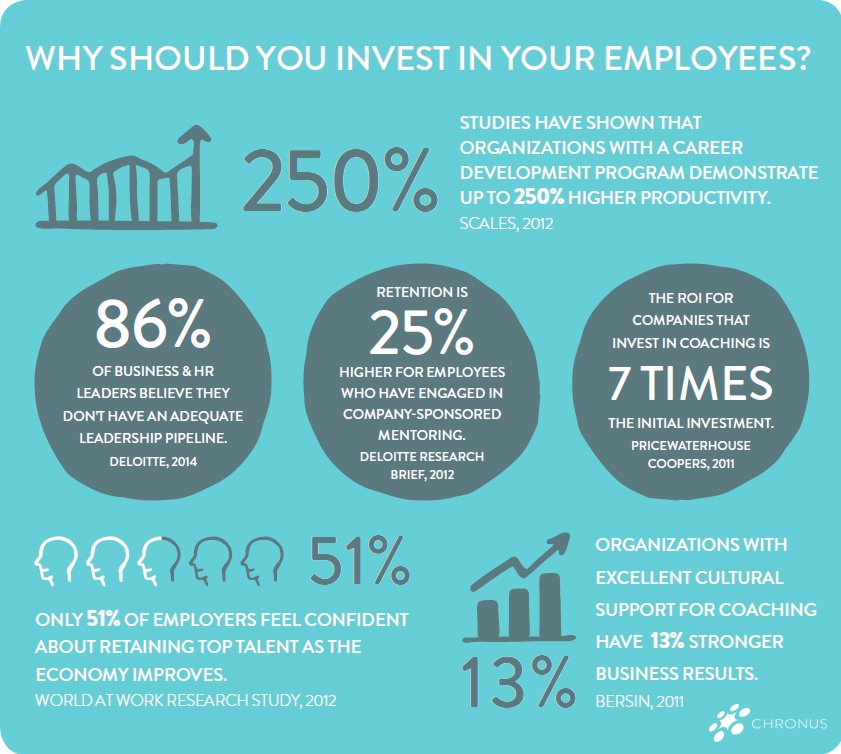
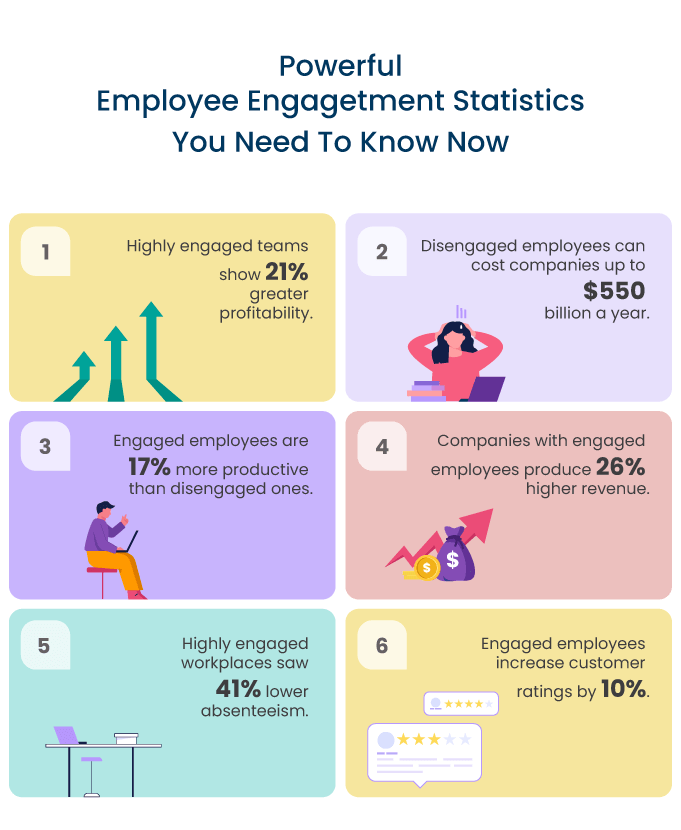
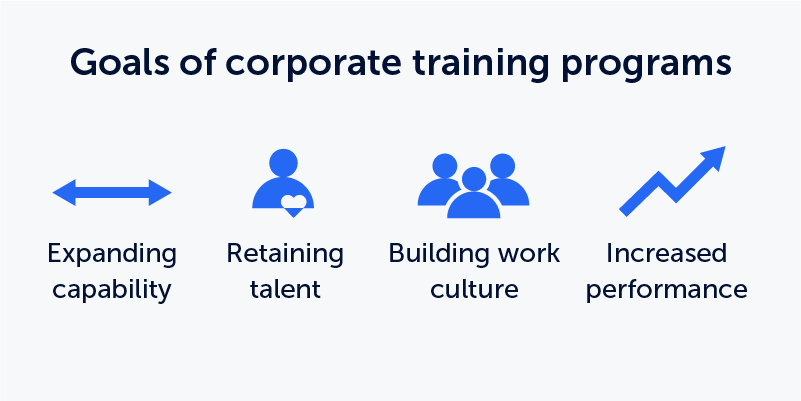
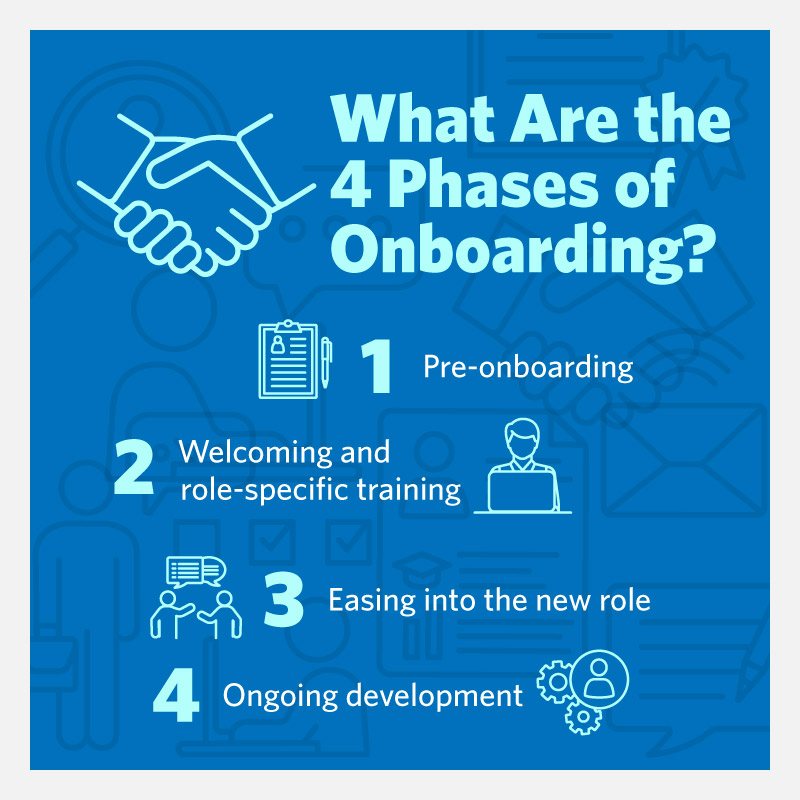
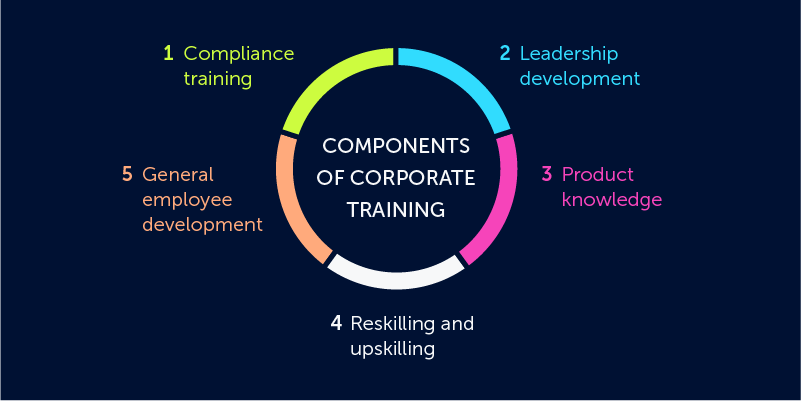





Leave A Comment